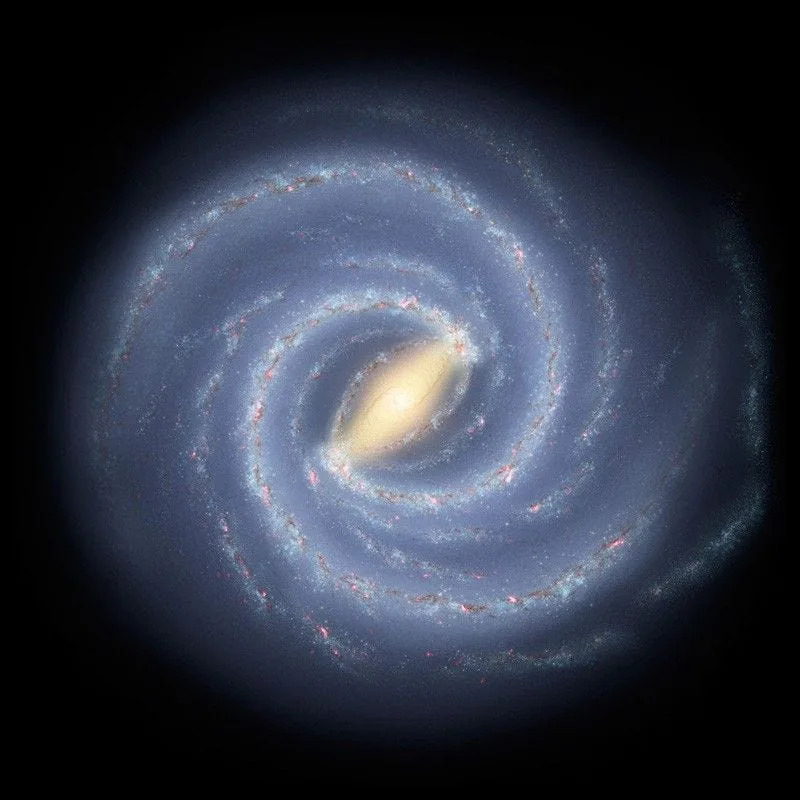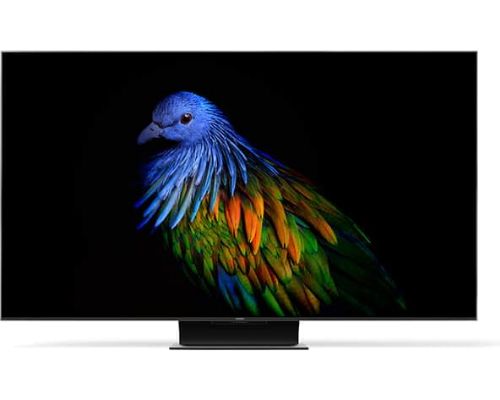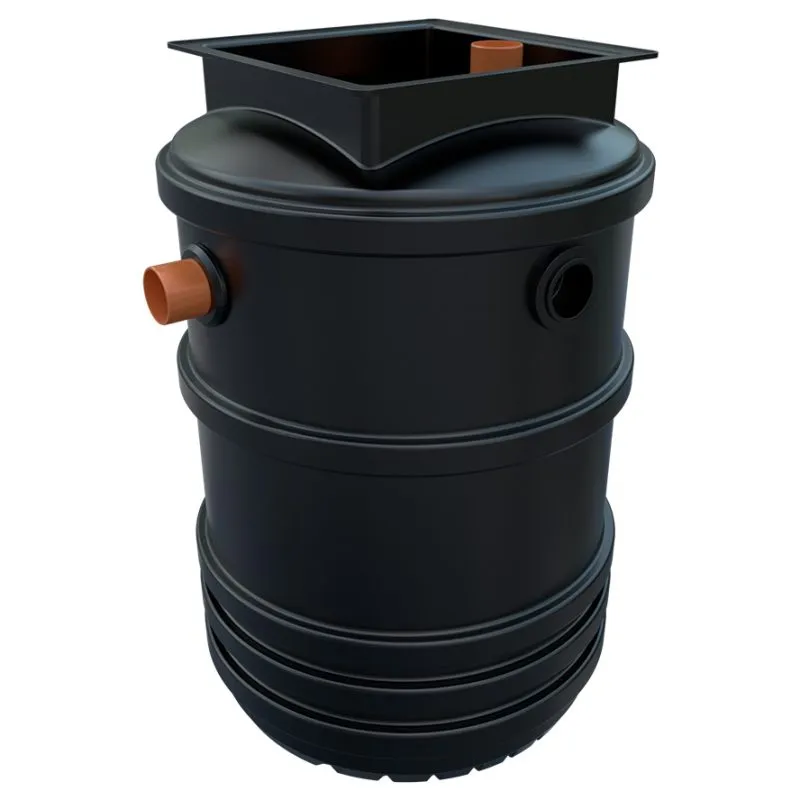Milky Way season is here: How can you see our galaxy's core from Oklahoma this summer?
Along with summer comes the peak time for viewing the core of our galaxy, the Milky Way.
But if you want to see the dense area of stars at the center of the Milky Way, you'll need a few conditions in place for the best view. And we hate to break it to you that while it is "Milky Way season," you won't be able to catch a glimpse of the core while watching fireworks this Fourth of July weekend.
Here's what you need to know if you'd like to see the Milky Way this summer.
When is 'Milky Way season?'
The so-called "Milky Way season," the time of year when the core of our galaxy is visible from Earth, runs from early February to late October.
During the rest of the year, from late November through January, the galactic center is not visible as the sun hovers between it and Earth, according to Outside Magazine.
The best time to see the Milky Way core from Oklahoma, according to Capture the Atlas, is from late March to late August.
More: When is the July full moon? Here's how to see the Buck Moon, learn history
How dark does it need to be to see the Milky Way?
 An artist's illustration shows the Milky Way galaxy, home to our solar system. A glimpse of the galaxy's core is expected to be visible this summer.
An artist's illustration shows the Milky Way galaxy, home to our solar system. A glimpse of the galaxy's core is expected to be visible this summer.In order to see the galaxy core, you'll need extremely dark skies. It can be helpful to use a light pollution map, or check out the list of DarkSky International's certified DarkSky places.
The best time of night to view the Milky Way is midnight to 5 a.m., on nights with a new moon. According to Outside Magazine, you should schedule your Milky Way outings between five nights before and after a new moon to avoid the light of the moon affecting your view.
Where can I see the Milky Way in Oklahoma?
The closest certified DarkSky places to Oklahoma City are Copper Breaks State Park in Quanah, Texas, and Lakewood Village, Texas.
You can also check out this light pollution map to find a dark enough place in Oklahoma. Oklahoma City falls at a nine, the highest number on the Bortle scale, which measures light pollution.
The lower the number, the better. There are some areas in the Panhandle and southwestern Oklahoma with numbers as low as 2.5.
This article originally appeared on Oklahoman: How to see the Milky Way galaxy's core this summer from Oklahoma













